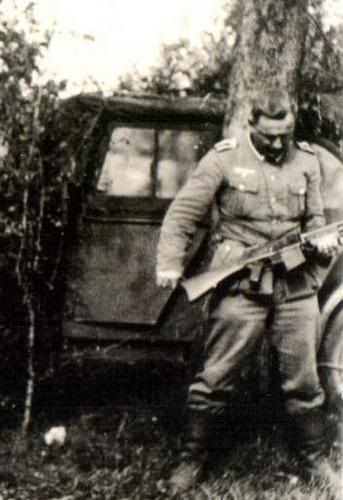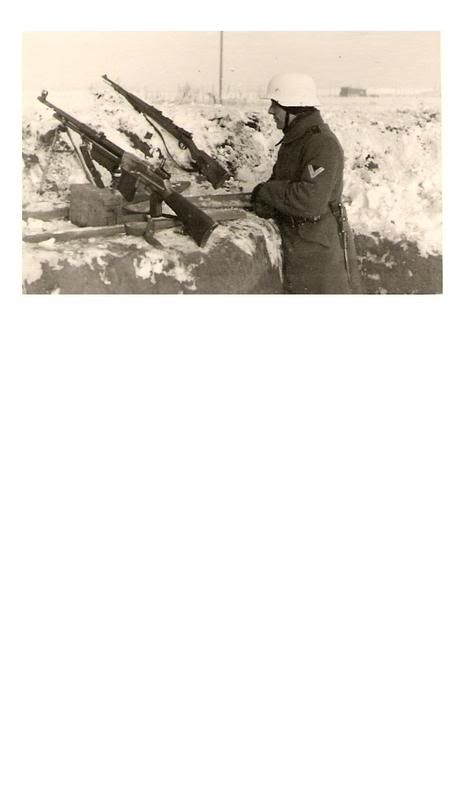Not a small subject.
The US Army offcially assigned one BAR to each rifle squad.
Its role was to provide a light weight fully automatic weapon for the rifle squad, to support the squad in the assualt.
Its role in the defense was secondary due to its low rate of fire. Doctrine suggested its best role in the defense was in the counter attack role.
The BAR man was susposed to be teamed with part of the rifle squad to provide a base of fire while the remainder made the final assualt.
One of the squad members was designated the BAR assistant and carried additional amunition in magazines, helped the BAR gunner spot targets, and covered his flank or rear.
Veteran inantry have told me two things.
-
The BAR drew enemy fire as they wanted to eliminated the higher firepower weapons first. Thus some soldiers avoided carrying them. One told me he pretended not to hear a order from the platoon sergeant to pick up the squads BAR when the gunner was wounded, for just that reason.
-
Veteran infantry units accquired extra BAR and used them due to the lack of a good light machine gun in the US infantry company. The official US rifle company To/TE had just two machine guns and they were medium tripod mounted types. A infantry vet from the Pacific told me his company had five or six BAR in each rifle platoon rather than the official three.
In photographs I have noticed the bipods are often not used. The soldiers carrying the BAR are carrying them as if a ordinary rifle. One of the photos showed two soldiers with BARs positioned as if working as a team amoung some ruined buildings.
That scratches the surface. A ton more detail as you will likely learn.
A factor that probablly wont relate to your story is that the BAR was also manufactored in Belgium and Poland. Both the Belgian and Polish armys used this weapon. The Germans took possesion of these and issued them to second and thir line formations, like security units. Occasionally US soldiers encountered Germans using these against them.








